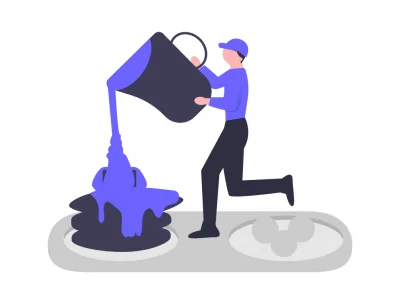
Biotechnology Questions and Answers
These Biotechnology questions test your knowledge of the use of biology to solve problems and make useful products.

These Biotechnology questions test your knowledge of the use of biology to solve problems and make useful products.
Cellular metabolism is an example of
equilibrium metabolism
steady-state metabolism
a series of reactions occurring under standard conditions
a series of reactions that defy the second law of thermodynamics
Correct answer is B
No explanation has been provided for this answer.
The cellular organelle associated with photosynthesis is the
golgi complex
mitochondrion
lysosome
chloroplast
Correct answer is D
No explanation has been provided for this answer.
Glycolysis
Creatine phosphate
The redox reactions of electron transport
ATP
Correct answer is C
No explanation has been provided for this answer.
Which of the following is not an electron carrier class in the electron transport chain?
Flavoproteins
Cytochromes
Iron - sulfur proteins
Cytochrome c oxidase
Correct answer is D
No explanation has been provided for this answer.
Water content of active protoplasm is
10%
40%
70%
90%
Correct answer is D
No explanation has been provided for this answer.